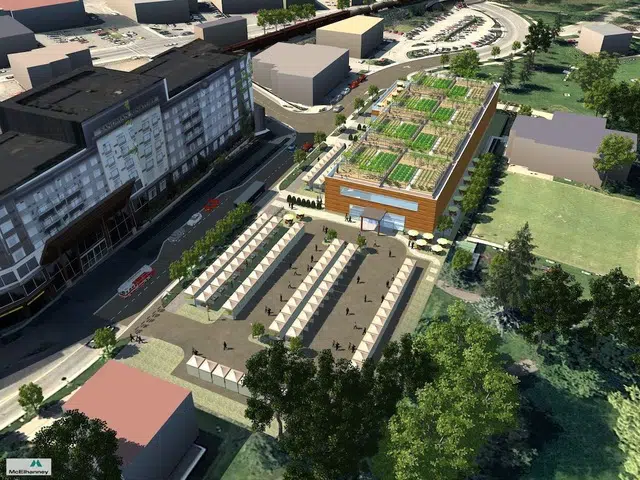
ROTHENBURGER: Vision — sometimes we get it right, sometimes we don’t
ONE OF THE TOUGHEST QUESTIONS we ask our politicians is, “What is your vision for Kamloops?”
More often than not, the response has something to do with a clean, safe city with good amenities and well-paying jobs. When was the last time a politician said, “I really think we need more street crime, litter and graffiti, and we should bring in more minimum-wage employment and close down some parks”?
The real test of vision, though, comes in the details.
Elected leaders and residents alike are asked from time to time to put their money where their vision is. Sometimes they pass the test, sometimes they fail. Sometimes, too, vision is as much about saying no to something as saying yes.


